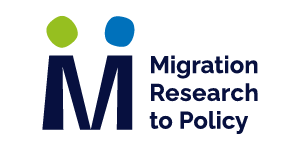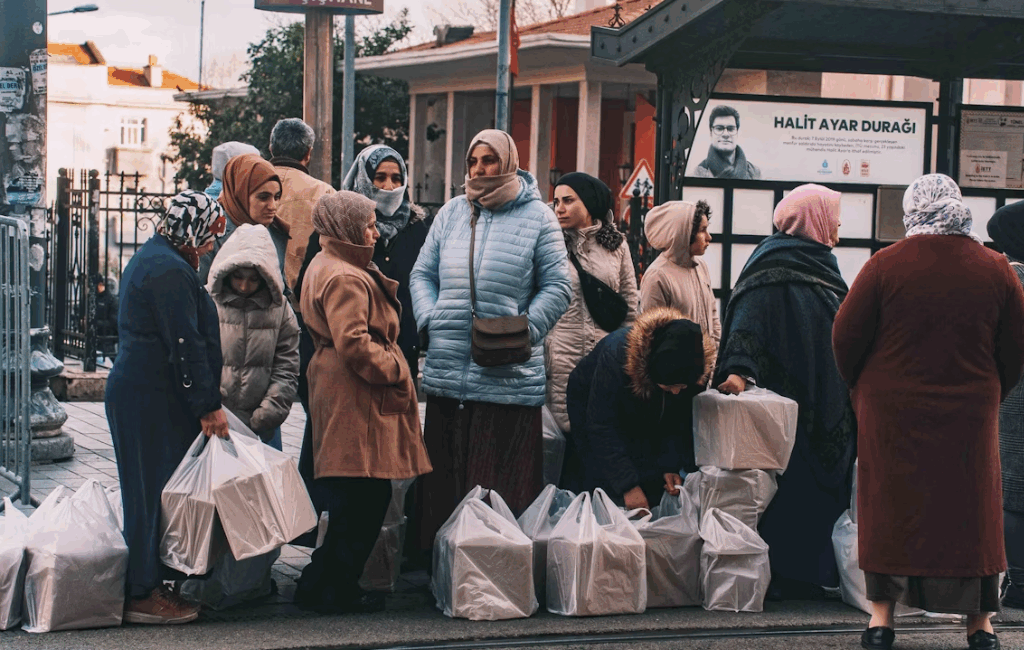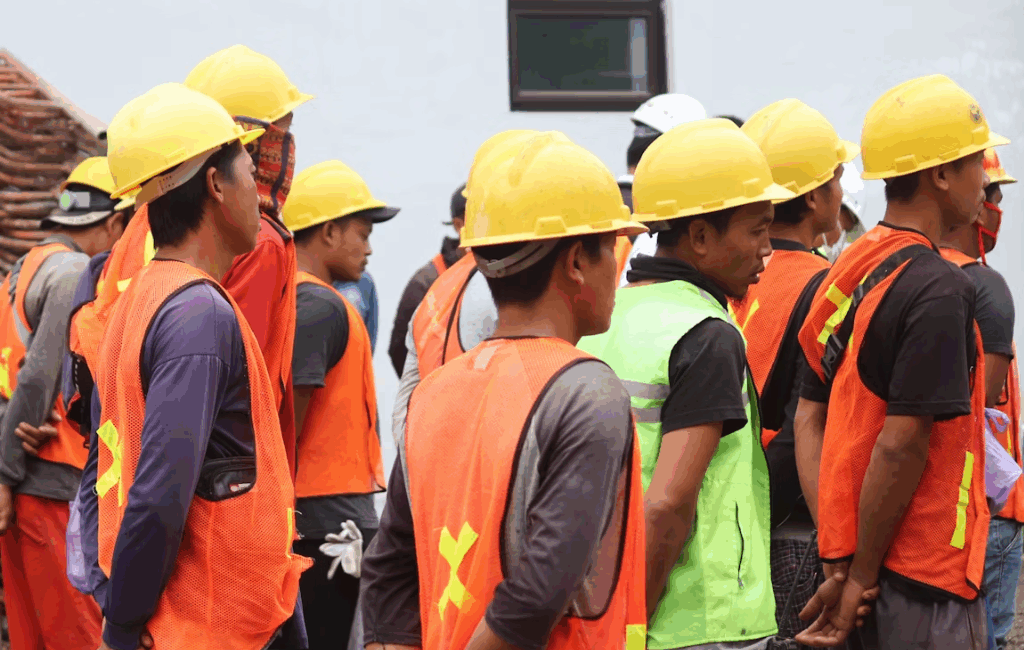
RESEARCH EXCHANGE
Why does migration research happen in some places more than others?
Author
About
Lorenzo Piccoli
migration governance
Migration research is growing fast, but who gets to shape it?
Migration research has become more structured over the past 30 years, leading to the development of dedicated research centres, think tanks, and academic programs. However, these institutions are not evenly distributed.
In this short, we share findings from a new tool that maps migration research and what this unequal distribution means for policy and research.
The Problem: Unequal Access to Migration Research
To understand where migration research is located, we created the Directory of Migration Research Institutions in order to understand where migration research is happening and who is involved.
What the Directory shows is that most migration research happens in high-income destination countries. In fact, 75% of migration research institutions are located in Europe and North America. Meanwhile, many regions that experience high migration flows—like South Asia, the Middle East, and parts of Africa—have far fewer dedicated research centres. Notably, cities like London and Toronto alone host eight dedicated migration research institutes each — a figure that exceeds the combined number of such institutions in India, Lebanon, Saudi Arabia, and Türkiye, despite these countries being home to some of the largest immigrant populations in the world.
This imbalance shapes which issues get attention, whose voices are heard, and what policies are created. If we want fairer and more effective migration policies, we need a more inclusive research landscape.
Why is migration research concentrated in high-income countries?
Key reasons for this imbalance:
- Funding and infrastructure: Wealthier countries have more resources to establish and sustain research institutions.
- Academic influence: High-income institutions dominate academic publishing, shaping global migration debates.
- Policy demand: Governments in these regions prioritise migration research to inform their policies, leading to more investment.
Why this imbalance matters
When most migration research comes from high-income countries, it affects:
- Whose stories get told: Migrant experiences in lower-income countries are often overlooked.
- Which policies are prioritised: Research agendas in the Global North focus on destination countries rather than origin or transit countries.
- Who sets the narrative: Power imbalances in the production of academic research mean that perspectives from the Global South struggle to gain visibility.
How can make migration research more inclusive?
Addressing these inequalities requires concrete action. Here are three key steps:
- Build genuine partnerships: Research collaborations between institutions in high- and low-income countries must be equal. Many current partnerships exist because Southern institutions need funding, but they lack decision-making power. True collaboration means listening to and prioritising local perspectives.
- Increase funding for research in the Global South: Dedicated funding for migration research institutions outside Europe and North America would allow local scholars to set their own research agendas rather than relying on external partners.
- Amplify diverse voices in migration studies: Journals, conferences, and academic networks could find ways to actively include researchers from underrepresented regions. This means removing barriers like high publication fees and language biases.
What can policymakers and researchers do?
- Policymakers: Support funding for research initiatives in the Global South to ensure migration policies are informed by diverse perspectives.
- Researchers: Partner with scholars from underrepresented regions and give them leadership roles in projects.
- Funders: Prioritise grants that support research in migration-sending countries and ensure equitable access to resources.
Lorenzo Piccoli is a Part-time Assistant Professor at the Migration Policy Centre, where he coordinates the teaching and training activities together with the Florence School of Transnational Governance. His research focuses on the governance of migrant populations and their inclusion in social rights.
Learn more:
- Database – Directory of Migration Research Institutions
- Journal article – A global network of scholars? The geographical concentration of institutes in migration studies and its implications
Submit your idea for a ‘short’ to be featured on the Co-Lab.












